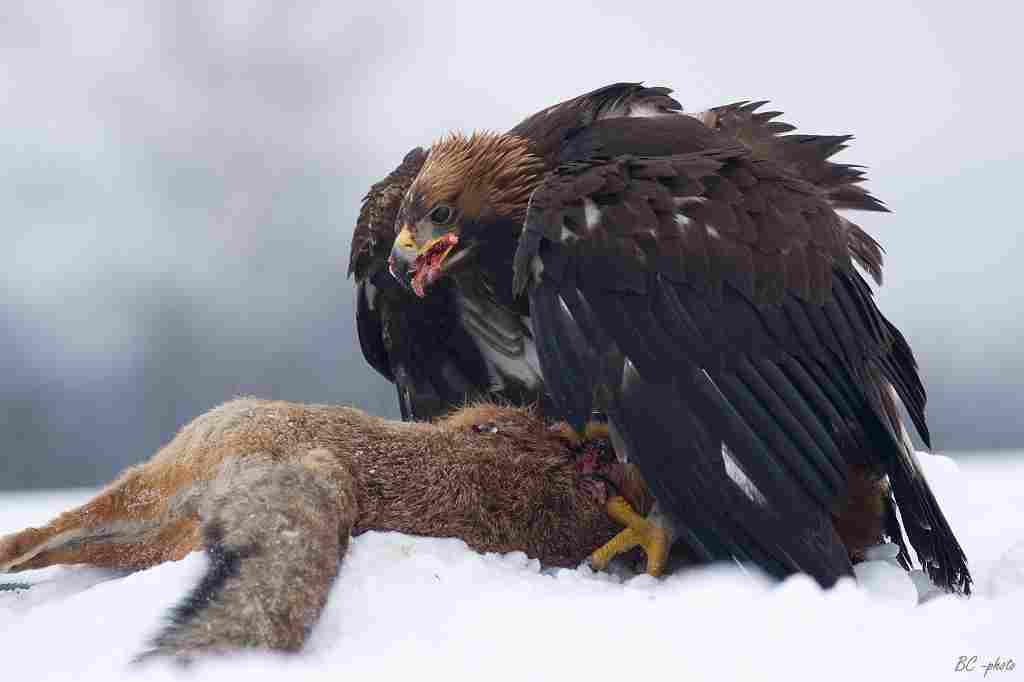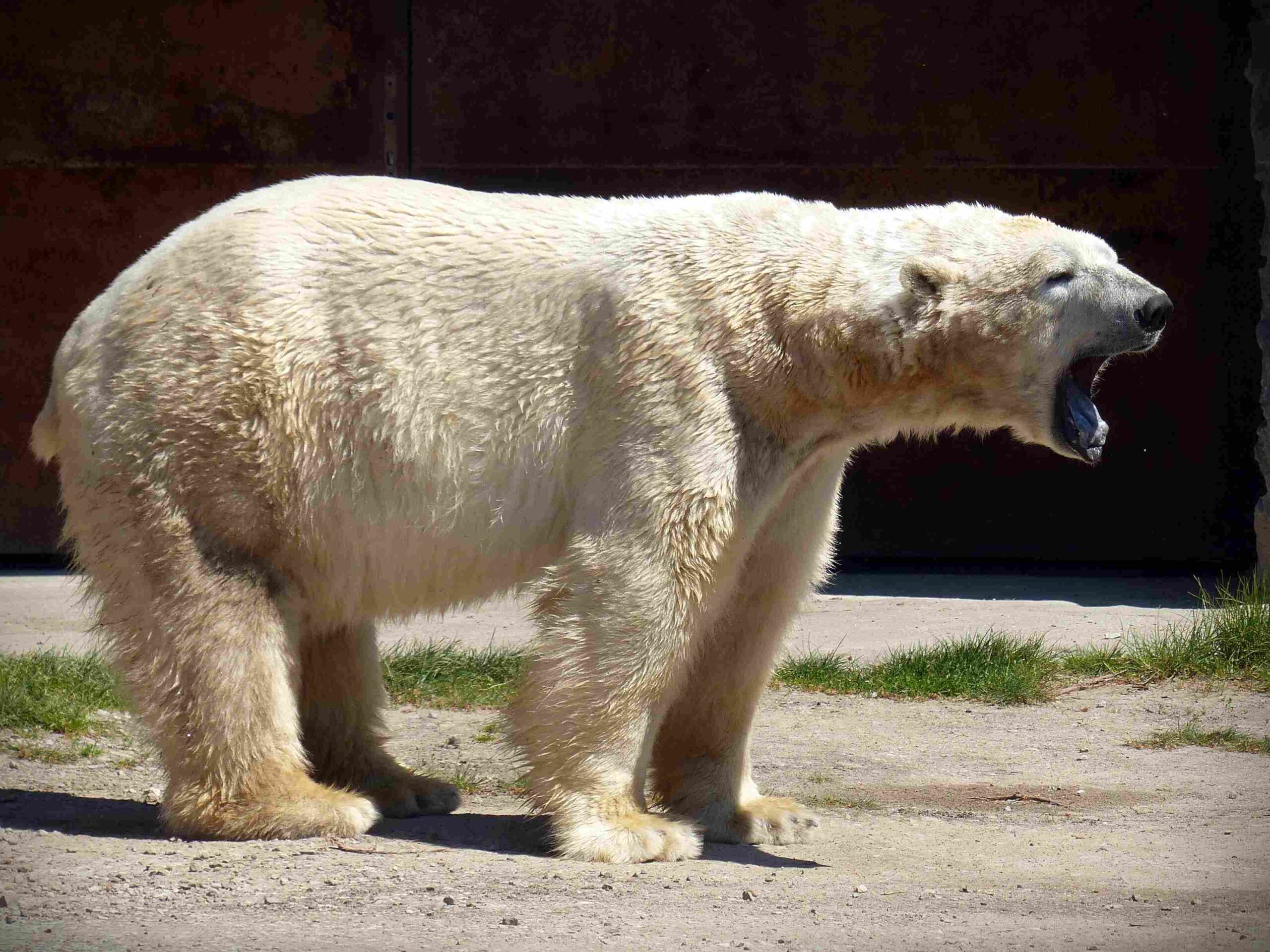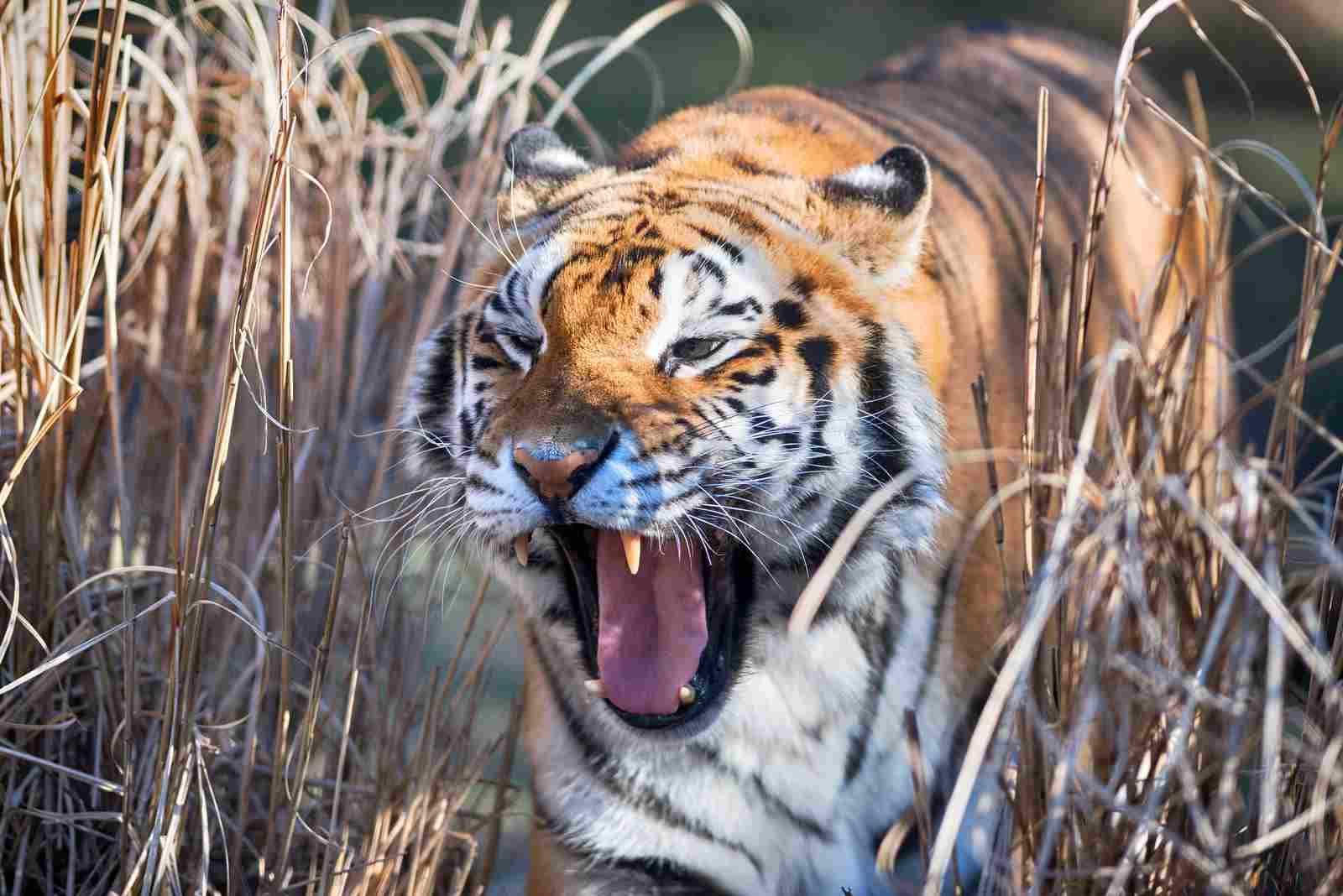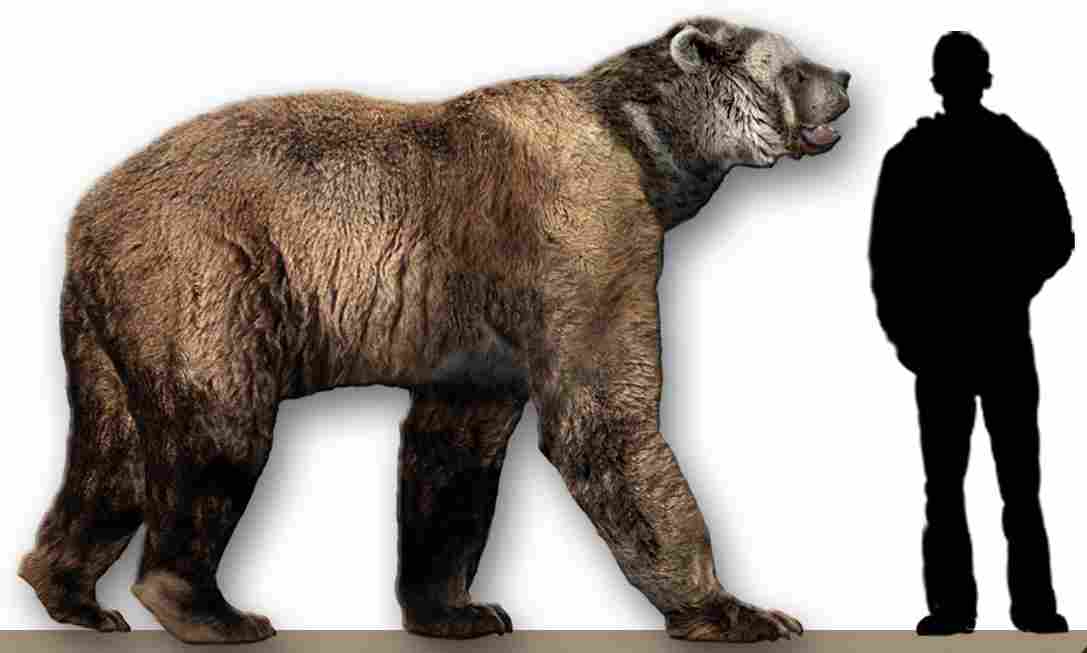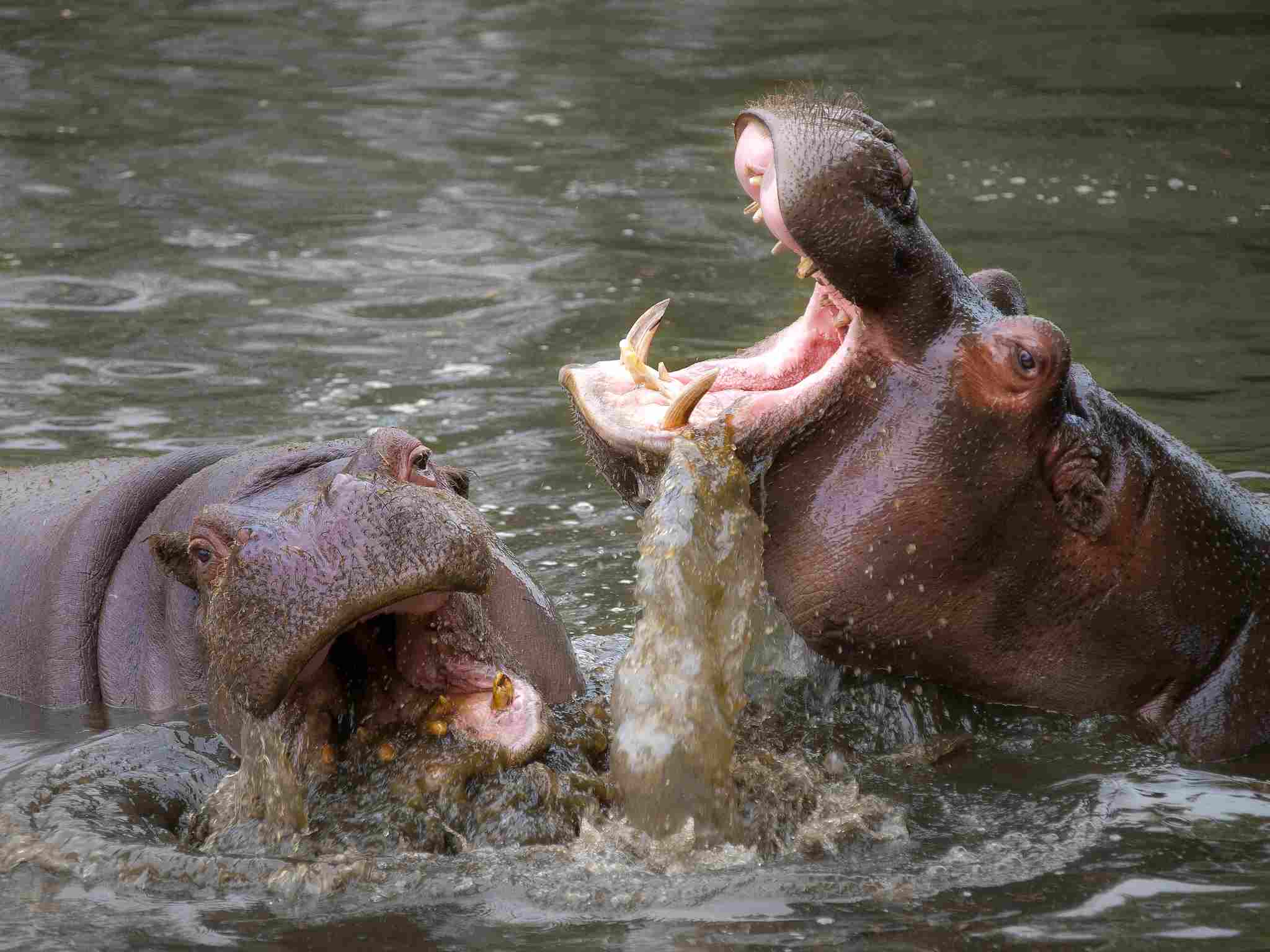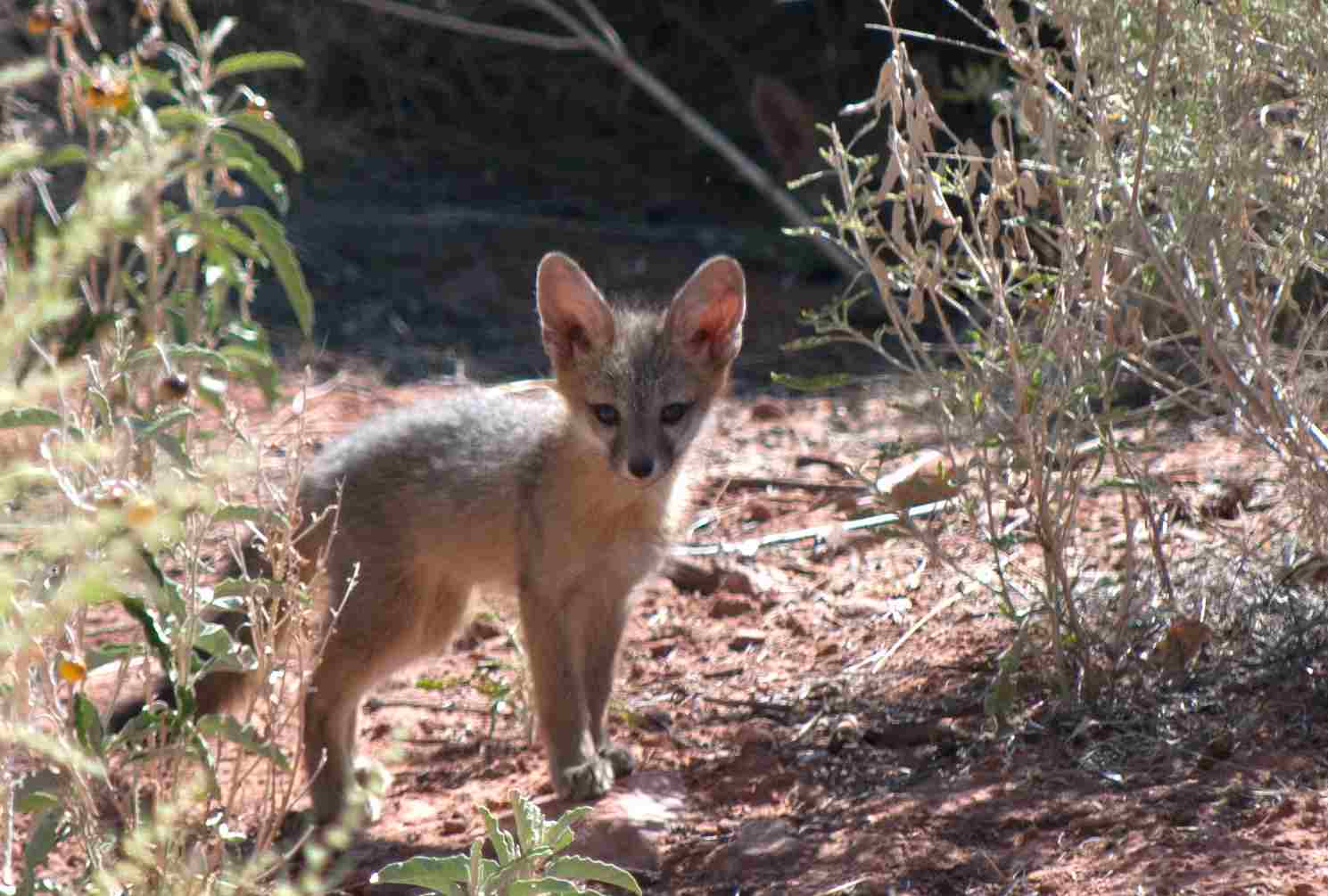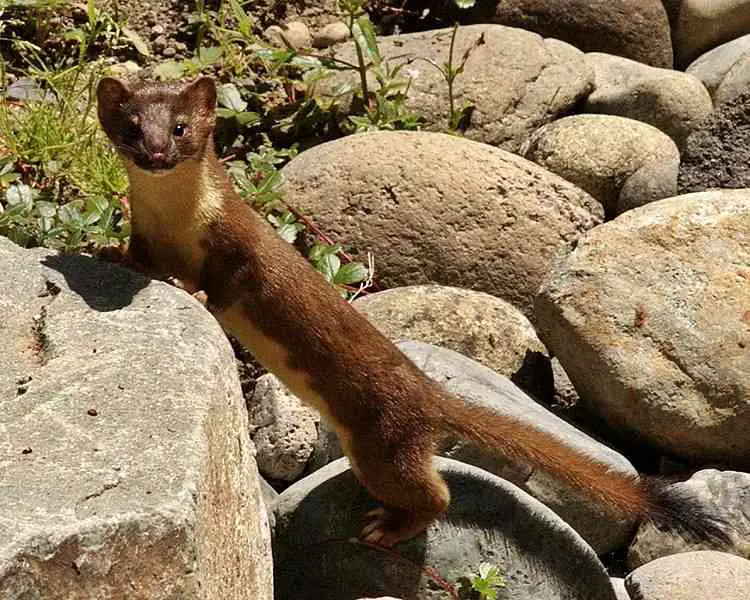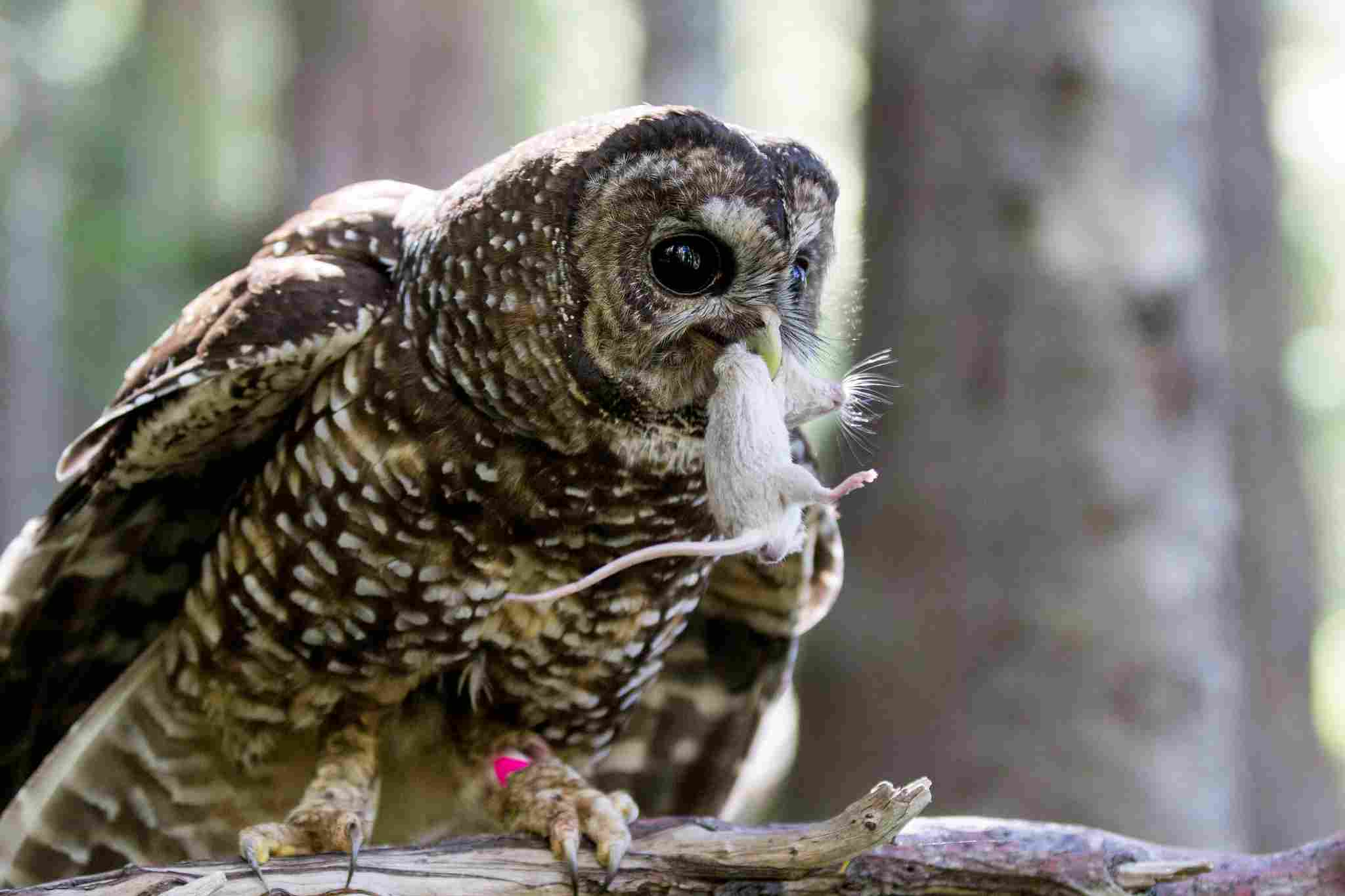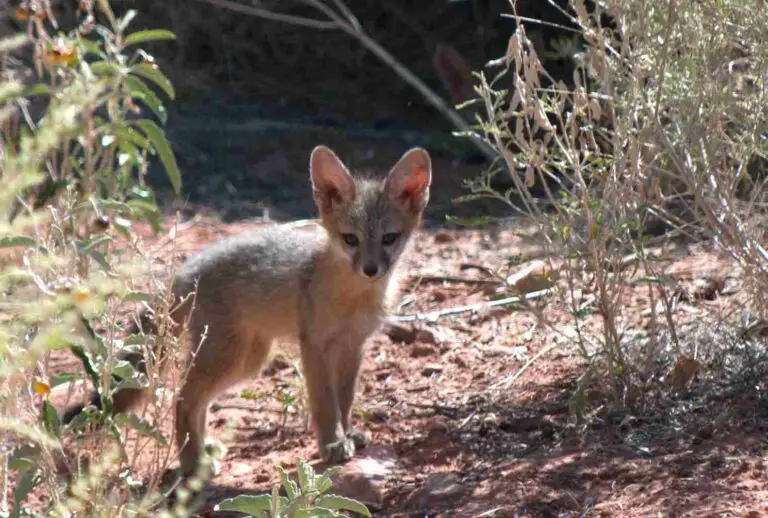9+ Predators In The Tundra Ecosystem Discussed
1. Arctic Wolf
The Arctic wolf, also known as the white wolf or polar wolf, is a highly specialized predator inhabiting the remote tundra regions of North America and Greenland. Adapted to the harsh conditions of its environment, the Arctic wolf has a thick white coat that provides both warmth and camouflage in the snow-covered landscape. Its compact body and shorter legs minimize heat loss, while its broad paws aid in traversing the icy terrain. These wolves often hunt in packs, preying on caribou, muskoxen, and Arctic hares. They rely on their strong social bonds to coordinate hunts and ensure survival in one of the planet’s most inhospitable regions.
Arctic wolves are known for their resilience and adaptability. Unlike many other wolf species, they do not have a significant human population to contend with in their native range, allowing them to roam relatively undisturbed. They exhibit unique behaviors and social structures that reflect their isolated environment, forming smaller packs compared to their gray wolf relatives. The Arctic wolf plays a critical role in maintaining the ecological balance of the tundra, controlling prey populations and providing food for scavengers. Despite the remote nature of their habitat, they face threats from climate change, which impacts their food sources and the overall tundra ecosystem.
2. Arctic Fox
The Arctic fox, known for its pristine white winter coat, is a small but hardy predator found throughout the tundra regions of the Arctic Circle. Its dense fur and compact body are adaptations to extreme cold, and its fur changes color with the seasons—from white in winter to brown or gray in summer—to provide effective camouflage. Arctic foxes are opportunistic feeders, consuming a varied diet that includes small mammals, birds, fish, and even carrion. They are also known to follow polar bears, scavenging on the leftovers of their kills.
These foxes have a unique reproductive strategy compared to other canids. They can give birth to large litters, sometimes exceeding ten pups, which helps ensure survival in an environment with high mortality rates. Arctic foxes are crucial to the tundra ecosystem, controlling rodent populations and serving as prey for larger predators. Despite their resilience, they face threats from climate change, which can disrupt their food sources, and from increased human activities in the Arctic, including oil exploration and tourism.
3. Polar Bear
The polar bear is the largest land carnivore on Earth and a symbol of the Arctic region. Adapted to a life on sea ice, polar bears are powerful swimmers, with thick layers of blubber to insulate against the cold. Their primary diet consists of seals, which they hunt by waiting near breathing holes or breaking through the ice to access them. Polar bears are solitary creatures, roaming vast distances in search of food, with a territory that can stretch across hundreds of miles of ice.
Polar bears are acutely affected by climate change, as the melting of sea ice threatens their primary hunting grounds. This has forced many bears to travel longer distances, leading to increased energy expenditure and lower reproductive rates. Human activities, such as oil drilling and increased shipping through Arctic waters, pose additional risks to their habitats. Despite these challenges, conservation efforts are ongoing to preserve polar bear populations and their unique ecosystems.
4. Snowy Owl
The snowy owl is a large, majestic bird that inhabits the tundra regions of the Arctic. With its striking white plumage, it is well adapted to blend into its snowy surroundings, making it an efficient predator. Snowy owls feed primarily on small mammals, such as lemmings, but will also hunt birds and fish when available. Unlike many other owl species, snowy owls are diurnal, active during both day and night, which is a necessary adaptation in the Arctic’s long summer days and polar nights.
Snowy owls are known for their nomadic behavior, traveling great distances in search of food. They are also fiercely territorial during the breeding season, with pairs often nesting on the ground. Climate change poses a significant threat to snowy owls by affecting their primary food sources, leading to population declines in some regions. Conservation efforts focus on preserving their habitats and understanding their migratory patterns to ensure their long-term survival in a rapidly changing Arctic environment.
5. Wolverine
The wolverine is a robust and fearless predator found in the tundra and boreal forests of the Northern Hemisphere. Known for its strength and tenacity, the wolverine has a reputation for being one of the most ferocious animals in its environment. It is a solitary creature, primarily scavenging but also capable of taking down larger prey when necessary. Wolverines have a broad diet, including small mammals, carrion, berries, and occasionally even larger animals like caribou or deer.
Despite their adaptability, wolverines face several threats, primarily due to habitat fragmentation and climate change. As a species that relies on vast territories, changes in the environment can disrupt their ability to find food and establish territory. The wolverine’s thick fur made it a target for trappers in the past, and while trapping has declined, the species still faces pressures from human activities in their habitat. Conservation efforts aim to protect their habitat and maintain the large, connected territories that wolverines require to thrive.
6. Snow Leopard
Though typically associated with high-altitude mountain ranges, the snow leopard can also be found in the tundra regions of Central Asia. With its thick, spotted fur and long tail, the snow leopard is a master of stealth and camouflage. It primarily hunts mountain sheep and goats but will also prey on smaller mammals and birds. Snow leopards are solitary and elusive, making them one of the most challenging big cats to observe in the wild.
Snow leopards are considered vulnerable due to habitat loss and poaching. Their thick fur and unique characteristics have made them targets for the illegal wildlife trade. Additionally, climate change impacts the snow leopard’s habitat, reducing the populations of their primary prey. Conservation efforts focus on habitat protection and anti-poaching measures, as well as community engagement to reduce human-wildlife conflict in areas where snow leopards live.
7. Eagle
Eagles in the tundra, such as the golden eagle, are formidable predators with keen eyesight and powerful talons. They primarily prey on small mammals, birds, and occasionally fish, using their incredible agility and strength to hunt. Eagles are known for their large wingspans and majestic flights, often soaring above the tundra in search of food. Their nests are usually built on high cliffs or tall trees, providing a vantage point to scan the landscape.
Golden eagles play a vital role in the tundra ecosystem, helping to control populations of smaller animals. However, they face threats from habitat loss and human activities, such as logging and mining, which can disrupt their nesting sites. In addition, climate change can affect their food sources and migratory patterns. Conservation efforts for eagles in the tundra focus on habitat protection, reducing human disturbances, and monitoring populations to ensure their long-term survival in a changing environment.
8. Rough-Legged Buzzard
The rough-legged buzzard, also known as the rough-legged hawk, is a medium-sized bird of prey found in the tundra regions of the Northern Hemisphere. It gets its name from the feathered legs that help it stay warm in cold climates. Rough-legged buzzards are skilled hunters, primarily feeding on small mammals like voles and lemmings. They are known for their hovering flight pattern, allowing them to spot prey from a distance before swooping down to capture it.
These buzzards migrate seasonally, spending summers in the Arctic tundra and moving south during the winter. Climate change and habitat disturbance threaten their breeding grounds and migratory routes. Additionally, fluctuations in small mammal populations can impact rough-legged buzzards, leading to changes in their distribution and breeding success. Conservation efforts for this species focus on protecting their nesting sites and migratory pathways, as well as monitoring population trends to detect any signs of decline.
9. Pomarine Skua
The pomarine skua is a predatory seabird known for its aggressive behavior and striking appearance. Found in the tundra regions during the breeding season, these birds are fierce hunters, often preying on other birds and stealing their food. Pomarine skuas are characterized by their long tail feathers and bold markings, making them easily recognizable. They are opportunistic feeders, consuming fish, small mammals, and other birds, and are known to engage in kleptoparasitism, where they steal food from other birds.
These skuas are migratory, spending summers in the Arctic tundra and winters in warmer climates. Climate change poses a threat to pomarine skuas by altering their breeding habitats and food sources. Increased human activity in the Arctic, such as oil exploration and tourism, can also disturb their nesting sites. Conservation efforts for pomarine skuas focus on protecting their breeding grounds and reducing human disturbances, ensuring these aggressive predators continue to thrive in the tundra ecosystem.
10. Long-Tailed Skua
The long-tailed skua, also known as the long-tailed jaeger, is a sleek and agile bird found in the tundra regions of the Northern Hemisphere. With its long tail streamers and sharp hunting skills, this bird is well adapted to its environment. Long-tailed skuas primarily feed on fish and small mammals, but they are also known to steal food from other birds. Their agility and speed make them effective predators, and they are often seen patrolling the tundra in search of food or nesting sites.
Long-tailed skuas are migratory birds, traveling from the Arctic tundra to the southern hemisphere during the winter. Climate change and habitat disturbances pose significant threats to these birds, affecting their breeding and migratory patterns. Additionally, changes in fish populations and increased human activity can disrupt their food sources and nesting sites. Conservation efforts for long-tailed skuas focus on understanding their migratory routes and protecting their breeding grounds to ensure their continued survival in a rapidly changing world.
*Summary
-
Arctic Wolf: Pack-hunting predator with a thick white coat; hunts caribou, muskoxen, and Arctic hares; threatened by climate change.
-
Arctic Fox: Small opportunistic feeder with seasonal color changes; preys on small mammals and scavenges; faces threats from climate change and human activities.
-
Polar Bear: Largest land carnivore; diet consists of seals; adapted to life on sea ice; threatened by climate change and human activity.
-
Snowy Owl: Diurnal owl with white plumage; feeds on small mammals; threatened by climate change affecting its food sources.
-
Wolverine: Solitary and robust scavenger; can hunt larger prey; faces habitat fragmentation and climate change threats.
-
Snow Leopard: Elusive big cat; hunts mountain sheep and goats; threatened by habitat loss and poaching.
-
Eagle: Predatory bird with keen eyesight; nests on high cliffs; faces threats from habitat loss and human activities.
-
Rough-Legged Buzzard: Medium-sized bird of prey; migrates seasonally; threatened by climate change and habitat disturbance.
-
Pomarine Skua: Aggressive seabird; opportunistic feeder; engages in kleptoparasitism; threatened by climate change and human activities.
-
Long-Tailed Skua: Agile bird with long tail streamers; migrates seasonally; faces threats from climate change and habitat disturbances.
| Predator | Key Features |
| Arctic Wolf |
Pack-hunting; thick white coat; hunts caribou and muskoxen; climate change threat
|
| Arctic Fox |
Small opportunistic feeder; seasonal color change; climate change threat
|
| Polar Bear |
Largest land carnivore; sea ice adaptation; climate change threat
|
| Snowy Owl |
Diurnal; white plumage; feeds on small mammals; climate change threat
|
| Wolverine |
Robust scavenger; solitary; habitat fragmentation threat
|
| Snow Leopard |
Elusive big cat; hunts mountain sheep and goats; habitat loss threat
|
| Eagle |
Predatory bird; keen eyesight; nests on cliffs; habitat loss threat
|
| Rough-Legged Buzzard |
Medium-sized bird of prey; migrates seasonally; climate change threat
|
| Pomarine Skua |
Aggressive seabird; opportunistic feeder; climate change threat
|
| Long-Tailed Skua |
Agile bird; long tail streamers; migrates seasonally; climate change threat
|
